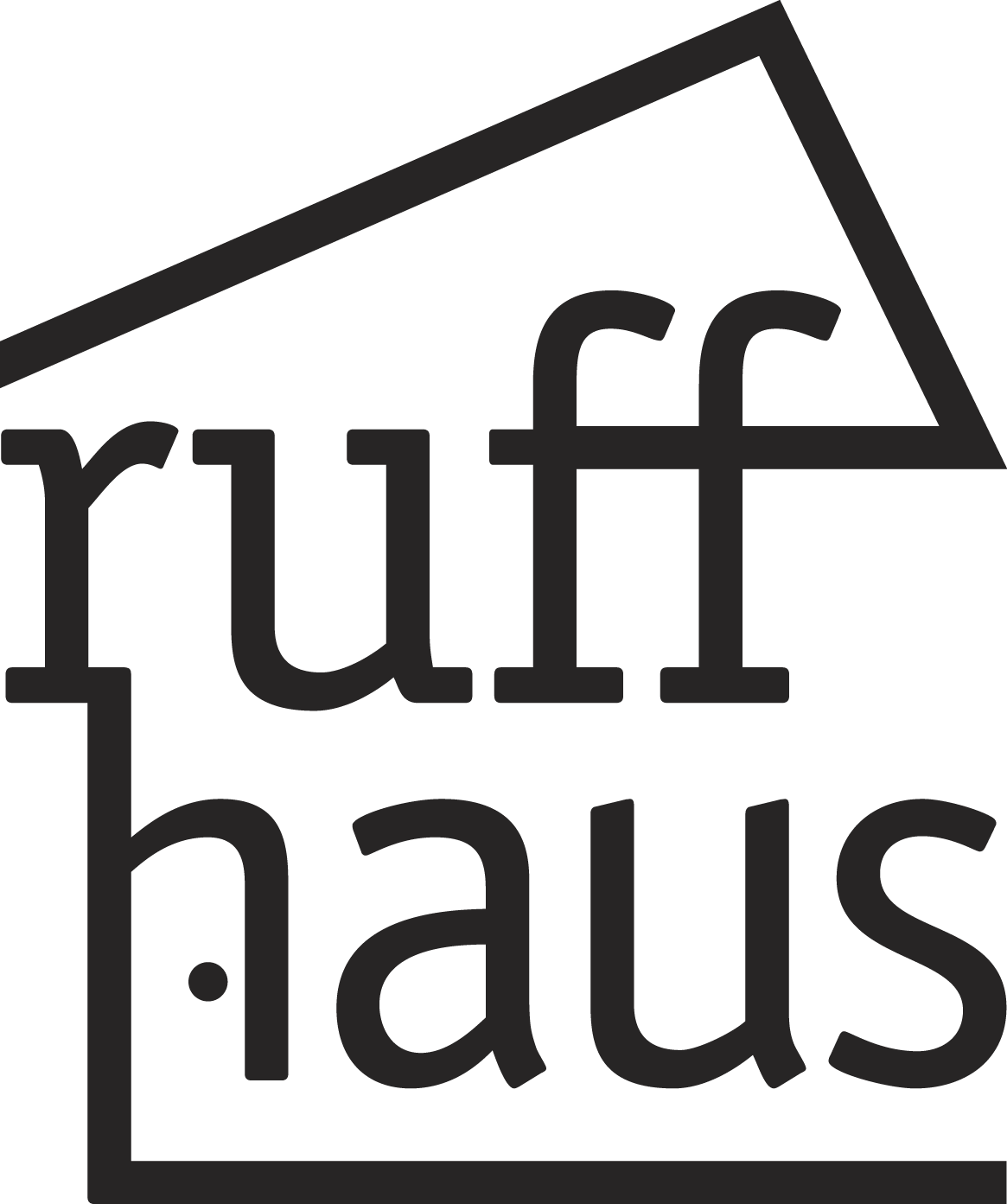Businesses of all sizes face many challenges, and one of the most common yet often overlooked is brand consistency.
Brand consistency is the uniform pattern of communication a company has with others that influence how they feel and what they think about the brand over time and across all touchpoints. The more consistent your messaging, the more consistent your branding.
Brand inconsistency can have a significant impact on brand recognition and recognition is how you build brand equity. Your branding should build awareness and develop trust and loyalty with your prospects and clients. If your brand promise, offerings, and personality are not in alignment, well defined and expressed consistently, well then, you’re giving your competition an easy advantage.
Branding is an essential part of marketing that should not be taken lightly. The digital age is making it all too easy for well-intended employees to go rogue and create an off-brand social media post, email campaign or printed brochure. Never fear, the right combination of planning, tools, and monitoring makes brand consistency manageable.
Let’s take a look at some easy ways you can avoid the common pitfalls of inconsistent branding:
Start With a Cohesive Brand
If you aren’t clear about who you are, then how can your clients or potential clients be?
First, take the time to identify your authentic brand culture - define your brand promise, purpose, mission, vision - create your plan and document it. Once you know who you are, it’s much easier to build a cohesive story.
Develop Brand Guidelines
As a small-to-midsize business, why not take your cue from the big guys. Most large corporations create thick manuals with detailed brand guidelines to ensure all messaging, assets and graphics are on-point and consistent. These guides not only help the marketing department, they also guide employees, vendors, and contractors. Developing brand guidelines is simply good business practices regardless of company size or years in business.
Here are 4 examples of brand guidelines from successful companies:
Try not to feel overwhelmed by the examples above, instead use them as a goal guide. Keep in mind the most important thing is to establish a foundation that aligns your branding with your business goals and target audience. Once you have your brand plan and style guide, remember to refer to them when making any marketing or business plans.
Your guidelines will help with the consistent use of your logo and design elements as well as tone and personality across all client touchpoints. However, establishing brand consistency throughout your business goes beyond setting your brand guidelines.
Use Content Tools and Templates for Marketing
Your client's path to purchase is not a straight line. There are numerous online and offline opportunities for potential clients to interact with your brand, consistency across all touchpoints is more important than ever. Select topics for your content calendar that align with your brand promise, choose to participate on platforms and channels that align with your brand and your clients and potential clients. Then, provide employees in charge of content access to tools to create consistent branded content.
With all the amazing user-friendly tools available for content creation and tracking, there’s no need to risk inconsistency. There’s nothing worse than a logo that’s been stretched, over-enlarged or is slightly off color. No employee, partner or vendor should ever be recreating brand assets on the fly - this is where content tools and templates come in!
Tips on how to manage content creation and sharing:
- Develop a branded slide-deck theme for client presentations webinars, and webcast videos in PowerPoint or Google Docs
- Provide document and social media templates in Dropbox or Canva to help your team present a consistent brand look and feel
- Build email templates in an email marketing tool like HubSpot, Emma or MailChimp for your team to use for branded lead generation and client communications.
- Designate a single point of contact or department for any offline marketing materials needed such as brochures or trade show materials and use Google Forms to standardize requests.
- Create consist profiles on all social media channels and claim your name for future channels you may want to incorporate into your marketing mix
- Establish a content schedule in Google Sheets for each channel - select the right topics for your brands content calendar and designate someone to manage
There are more tools than we can mention in this blog and not all are right for every business or team but these should give you a solid base to start with. Many of the tools mentioned above have free versions with limited features that are great for getting started. As you build your business you can easily move to paid versions of the same tools. Also, keep in mind that as you grow you may need to move to more robust tools like the Digital Asset Management tools mentioned below.
“Just remember: start with a cohesive brand, establish brand guidelines, and choose the right tools to create, share and manage content.”
Invest in File Sharing or Digital Asset Management
As your brand assets increase, how do you manage them to maintain brand consistency? You have a central source where anyone representing your brand can access guidelines, files, and messaging needed to represent your brand accurately. Many small-to-midsize businesses can use the tools mentioned above in conjunction with project management tools like Basecamp or Asana and possibly file sharing tools like Dropbox, Google Drive or HighTail.
Depending on your needs and size you may be able to go for years before you need to invest in a costly Digital Asset Management (DAM) System. However, we thought we should at least mention DAM for those who are looking to reduce the number of tools and streamline processes.
So, what is a Digital Asset Management System (DAM) anyway?
DAM software catalogs and maintains repositories of media files such as photos, audio files, and video files. By applying metadata taxonomies to assets, users are able to group, search, and distribute files. A DAM system can provide more control of branded marketing materials. Administrators provide teams access to the branded files by controlling who can view, use or modify them. When employees have easy, self-service access to brand assets, you removed the temptation for them to create their own custom versions of logos and content. In addition according to a report by McKinsey report showed that 19% of an employee’s workweek is lost to searching files - implementing a DAM system saves time.
Testing Brand Consistency and Building Brand Recall
An inexpensive and easy way to find out if you have brand consistency.
Ask your employees 2 questions:
What does our company stand for?
What does our company mean to you?
Now, compare the answers. Are they consistent? Are the same words being used throughout your company to describe your brand? Remember, your employees are already aware of your business and they breathe its culture every day. Now, think about your clients or potential clients - is your brand communicating the same message to them?
Remembering a brand is like remembering a new person you were introduced to at a social or business networking event. Days later you’re walking down the street and pass that same person you know you’ve seen her face before, but coming up with her name is a lot harder. That first process is recognition (you recognize the person as familiar); the second involves recall. Recognition refers to our ability to “recognize” an event or piece of information as being familiar, while recall designates the retrieval of related details from memory.
Unlike being a memorable person, being a memorable brand requires the right people, processes, and tools to establish clarity and maintain consistency.
Since people are more likely to purchase from a business they know and trust, building brand recognition or better yet, recall, is critical for success. When a potential client is ready to make a purchase, you want to be the first brand they think of.












